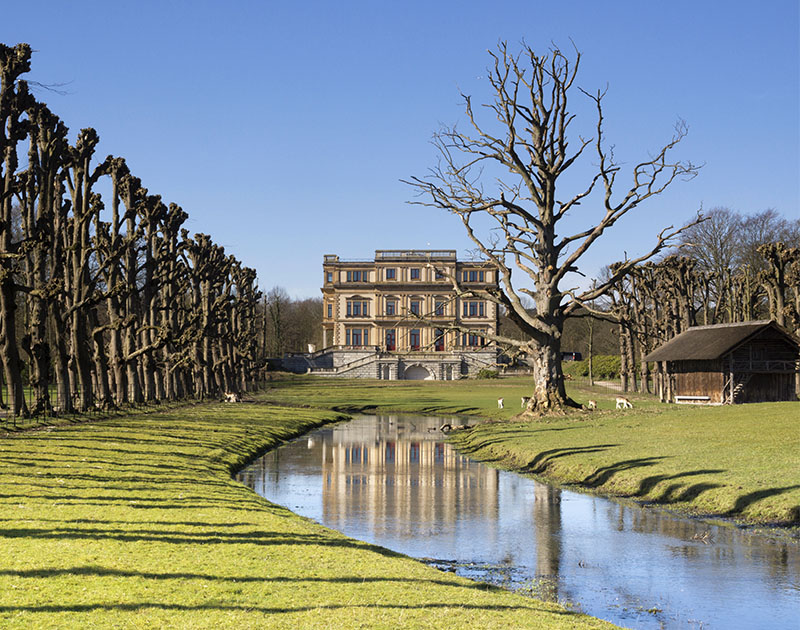NSW estate criteria
The Nature Conservation Act (NSW) is a law from 1928 and was established by the government to promote the preservation of country estates in their existing condition. The NSW is a tax law and offers owners, usufructuaries and leaseholders of an estate tax benefits under certain conditions. For the record, the NSW is not a subsidy scheme; no contributions to management and maintenance are made under the NSW. When a site is classified under the NSW, it is an official estate. In order to have an object, building or site included in the list of NSW estates, you can submit an application through the Dienst Regelingen Natuurschoonwet of the Ministry of Agriculture, Nature and Food Quality.
NSW ESTATE REQUIREMENTS
Most important conditions for a Nature Conservation Act (NSW) classification:
- The estate is a minimum of 5 hectares, contiguous, or a historic estate that is at least 1 ha in size. Under certain conditions, an immovable property of less than 5 hectares may also qualify as an NSW estate.
- The NSW estate consists of at least 30% woodland or nature reserves. A combination of both forest and natural terrain is possible and common.
NSW COUNTRY HOUSES
Country houses are an exception under the Nature Conservation Act. These are often historic country houses owned by merchants from previous centuries. A country estate must have a surface area of at least 1 ha (10,000 m2) or you must own part of it when it belongs to an NSW estate. This explains how, for example, an apartment in an old country house can have the estate status. In fact, these types of properties benefit from the estate status of larger wholes.
ADJACENT ESTATES
In this category, the Nature Conservation Act recognises 2 different types of estates:
- Estates smaller than 1 ha.
There must be a building constructed before 1940 that has not lost its original character. It forms a whole of more than 5 ha together with an adjacent classified NSW estate. There is a common close historical connection between the objects. Also think of farms near castles here.
- Estates between 1 ha and 5 ha.
It forms a whole of more than 5 ha together with an adjacent classified NSW estate. There is a common close historical connection between the objects without there being a historical building. Think for example of gardens or mazes near castles while a new house was built on this land after 1940.
PROS OF AN NSW ESTATE
The advantages of owning an NSW Estate are mainly tax related. The benefits can be enjoyed at the time of purchase as well as during possession and sale or inheritance of an estate. The most immediate benefits are listed below:
- The yield tax (box 3) is only levied on the buildings and not on the land included in the classification.
- When purchased, a country estate is (under certain conditions) free of transfer tax.
- Inheritance tax, gift tax and transitional law are taxed less or not at all.
- There is a property tax exemption for the land. Residential properties are valued lower. Municipalities may impose additional requirements.
- An exemption from corporate tax applies (subject to conditions).
CONS OF AN NSW ESTATE
Not everything about an estate is an advantage. For example, a lack of freedom and privacy is sometimes perceived as a disadvantage by some owners after purchase.
The disadvantages of an estate are listed below:
- Reduced privacy due to the estate being open to the public.
- Conservation costs for maintenance and potentially operation.
- Keep a minimum of 25 years in possession in order not to be confronted with retrospective levies.
- Due to the often monumental status, there are limited possibilities for renovation.
You will have to decide for yourself whether the pros outweigh the cons. However, the fact is that NSW Estates can be good for your asset management.
More information about NSW Estates and country estates? Real estate agency Aerdenhout en Omstreken is a specialist in NSW estates. We would be happy to contact you about the purchase, sale or management of an estate. You can also contact us for complex real estate questions.
 English
English
 Nederlands
Nederlands
